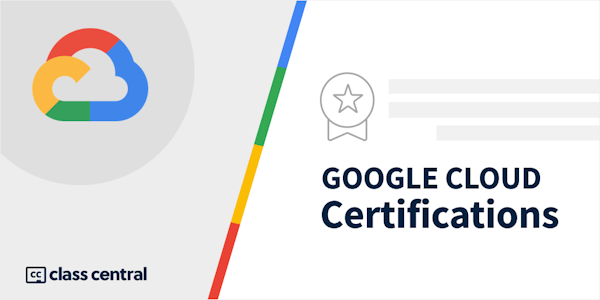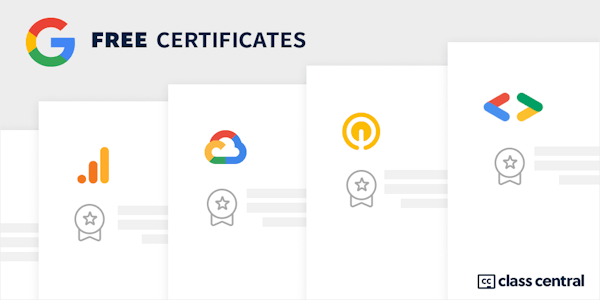Architecting with Google Kubernetes Engine: Workloads
Google Cloud and Google via Coursera
-
52
-
- Write review
Overview
Class Central Tips
In this course, "Architecting with Google Kubernetes Engine: Workloads," you learn about performing Kubernetes operations; creating and managing deployments; the tools of GKE networking; and how to give your Kubernetes workloads persistent storage.
This is the second course of the Architecting with Google Kubernetes Engine series. After completing this course, enroll in the Architecting with Google Kubernetes Engine: Production course.
Syllabus
- Course Introduction
- In this module, you'll become familiar with the structure and layout of the course.
- Kubernetes Operations
- In this module you will learn about the kubectl command, which is the command line utility used to interact with and manage the resources inside Kubernetes clusters. You'll learn how to connect it to Google Kubernetes Engine clusters, and use it to create, inspect, interact and delete Pods and other objects within Kubernetes clusters. You'll also use kubectl to view a Pod’s console output, and sign in interactively to a Pod.
- Deployments, Jobs, and Scaling
- GKE works with containerized applications: in other words, applications packaged into hardware-independent, isolated user-space instances. In GKE and Kubernetes, these packaged applications are collectively called workloads. In this module you will learn about Deployments and Jobs, two of the main types of workload. You will also learn about the mechanisms that are used to scale the GKE clusters where you run your applications. You'll learn to control on which Nodes Pods may and may not run. You'll also explore ways to get software into your cluster.
- Google Kubernetes Engine (GKE) Networking
- In this module, you’ll learn how to create Services to expose applications running within Pods, which allows them to communicate with the outside world. You'll also learn how to create Ingress resources for HTTP or HTTPS load balancing. You'll also learn about GKE's container-native load balancing, which allows you to directly configure Pods as network endpoints with Google Cloud Load Balancing.
- Persistent Data and Storage
- In this module you’ll learn about the different types of Kubernetes storage abstractions. You’ll learn about StatefulSets and how to use them to manage ordered deployments of Pods and storage. You’ll also learn how ConfigMaps can save you time during application deployment by decoupling configuration artifacts from container definitions. Finally, you’ll learn how to keep sensitive information safer from accidental exposure using Kubernetes Secrets.
Taught by
Google Cloud Training





